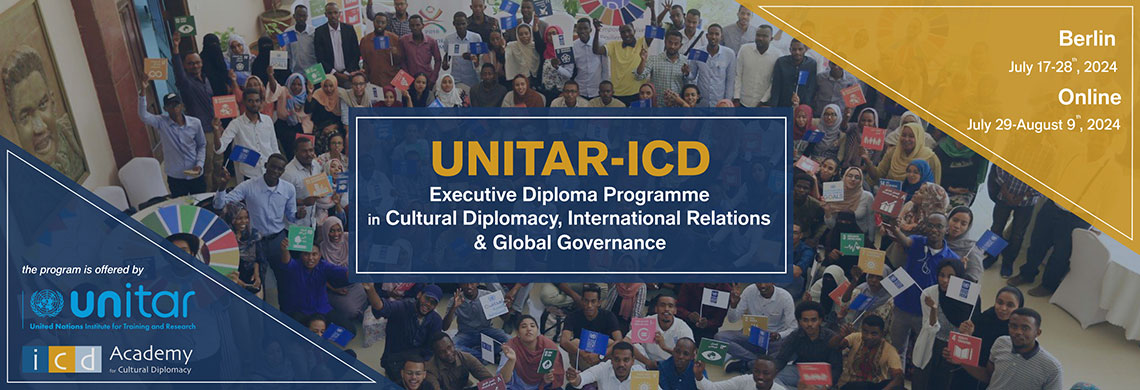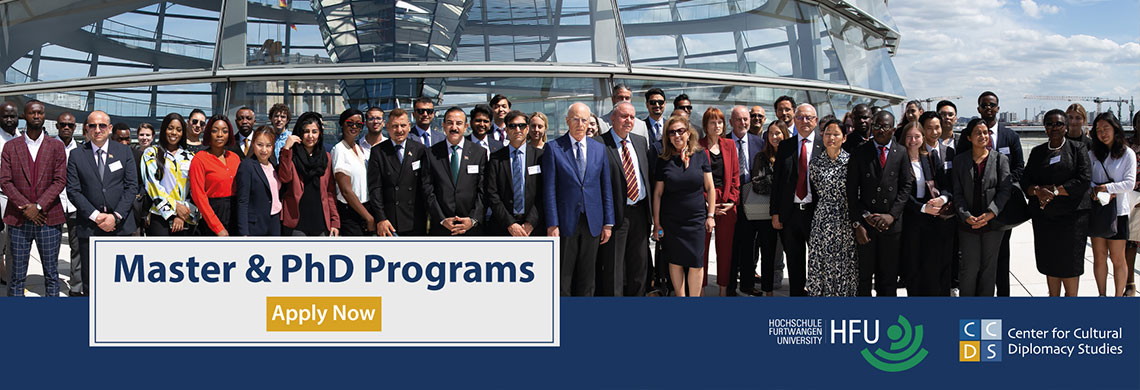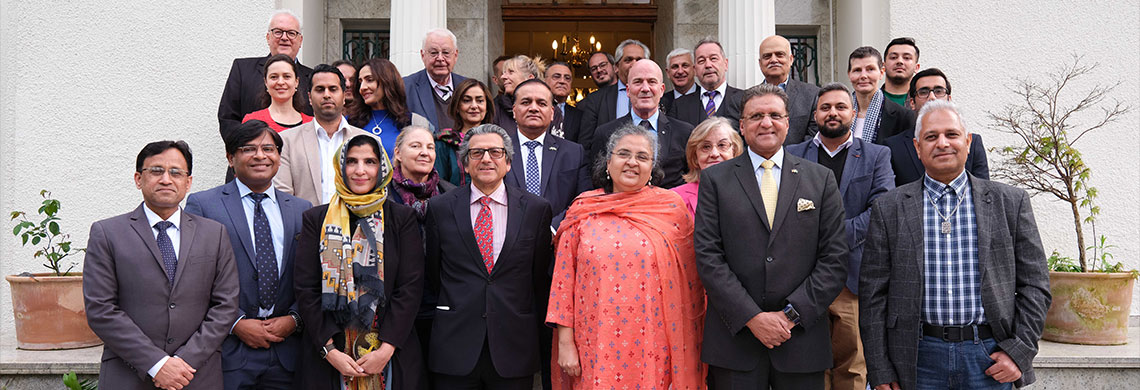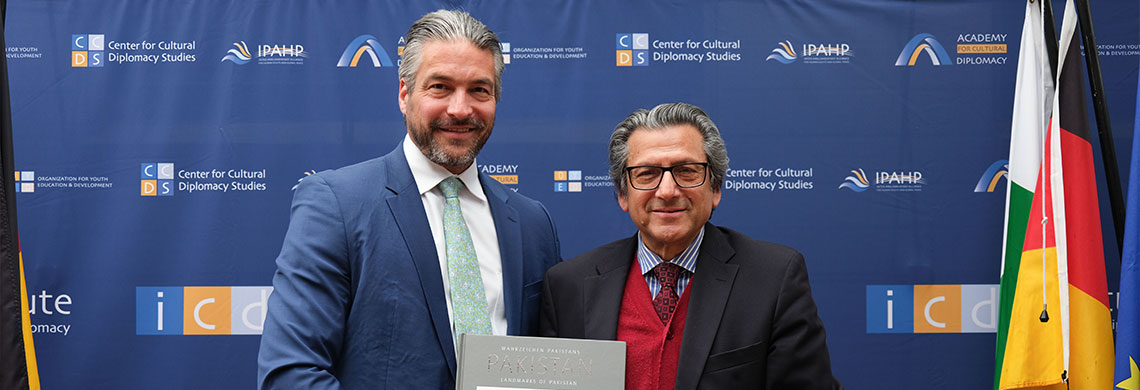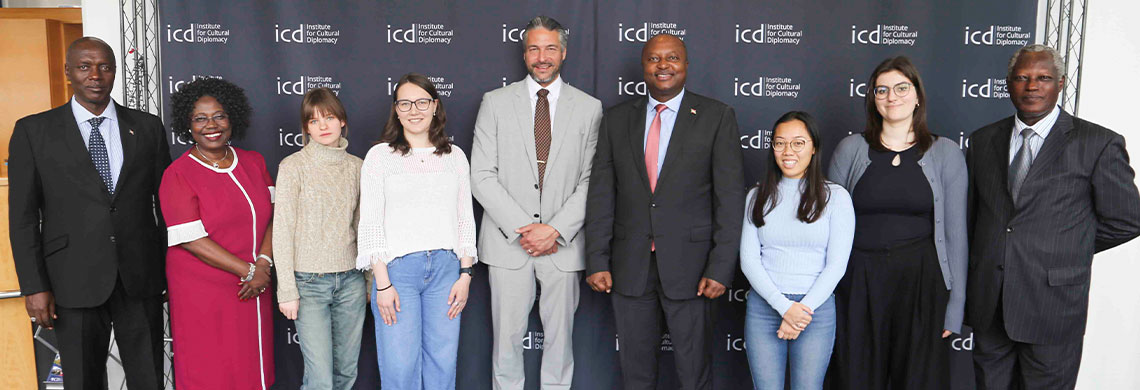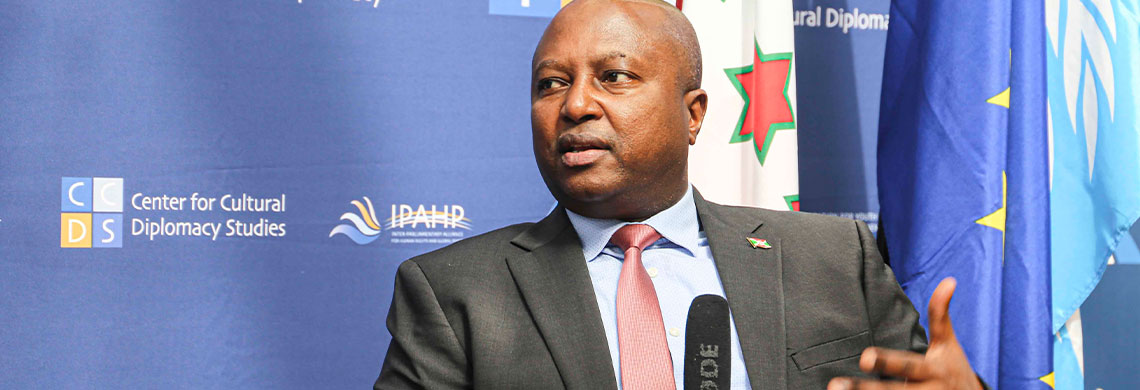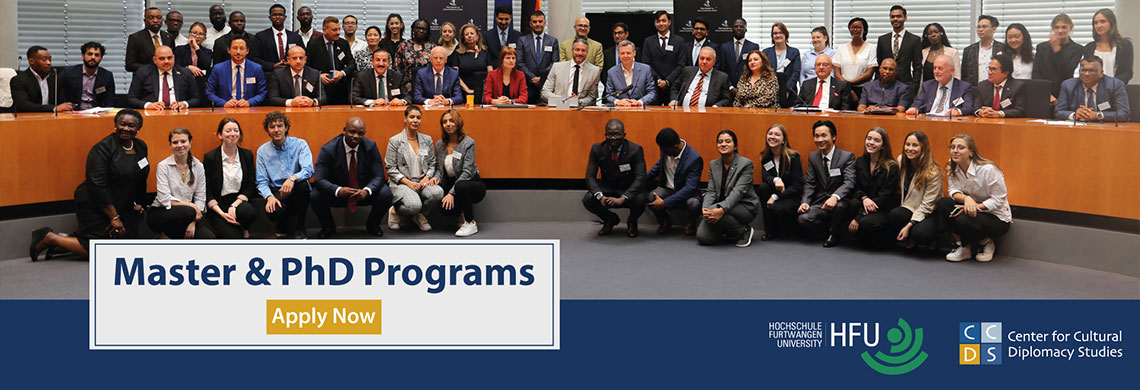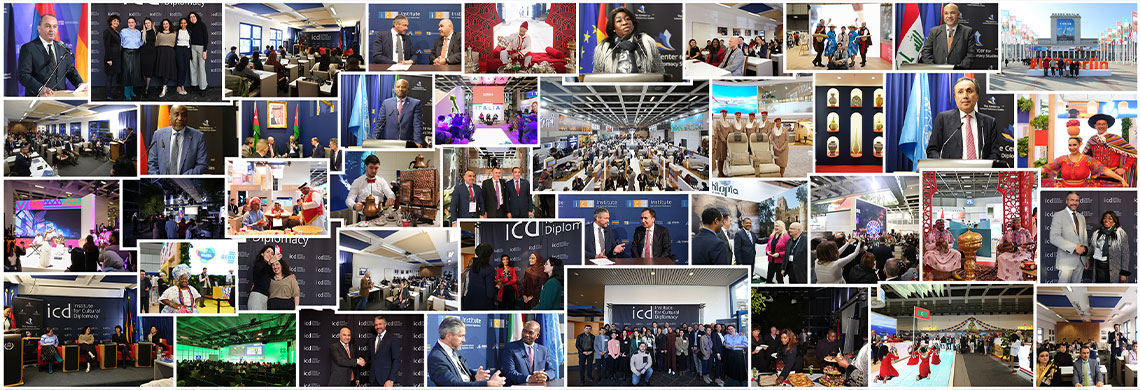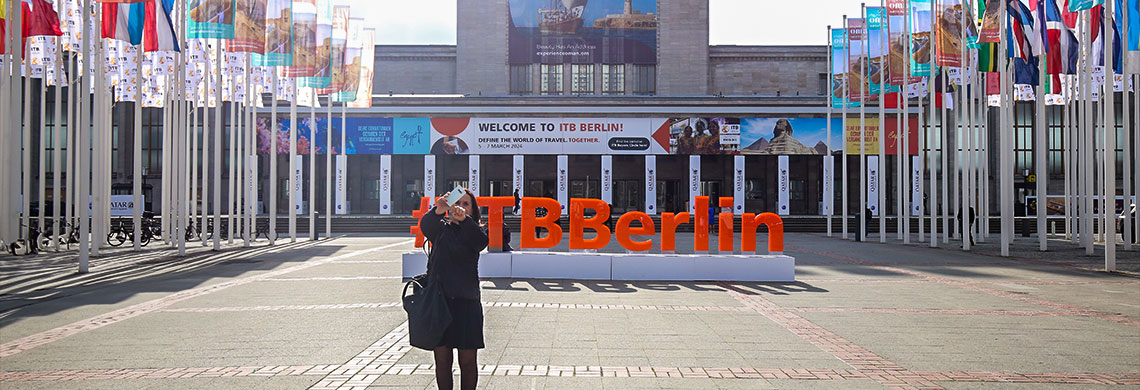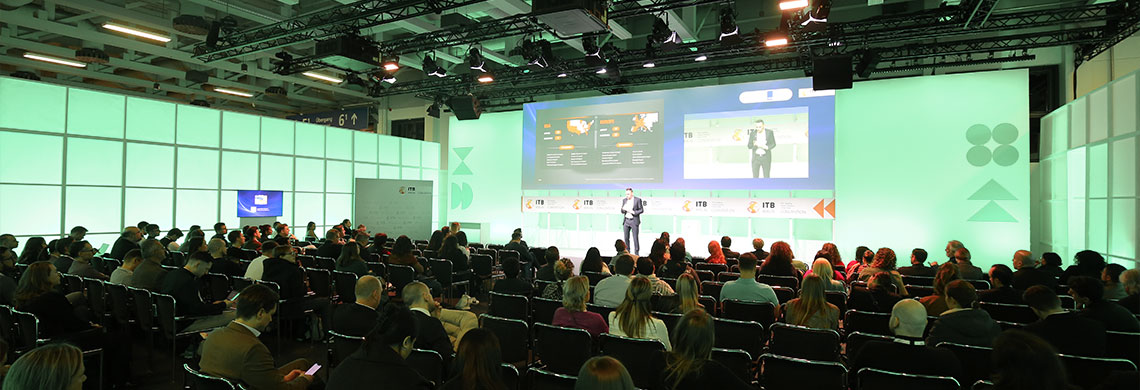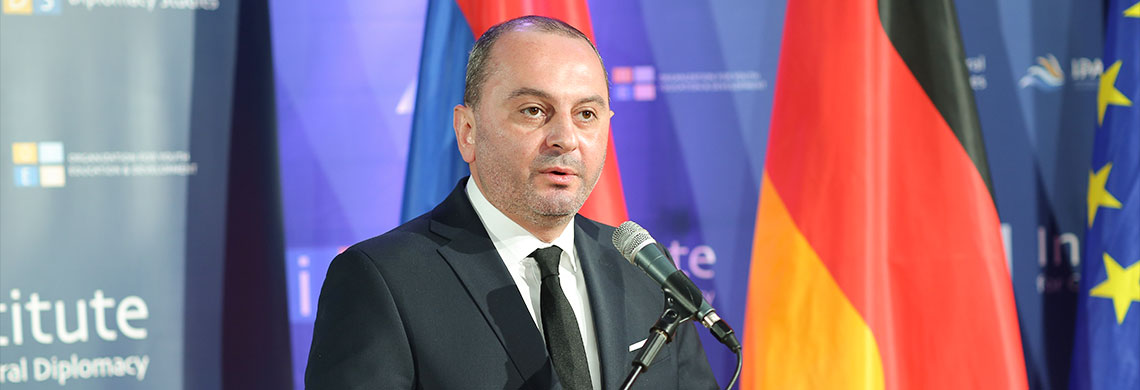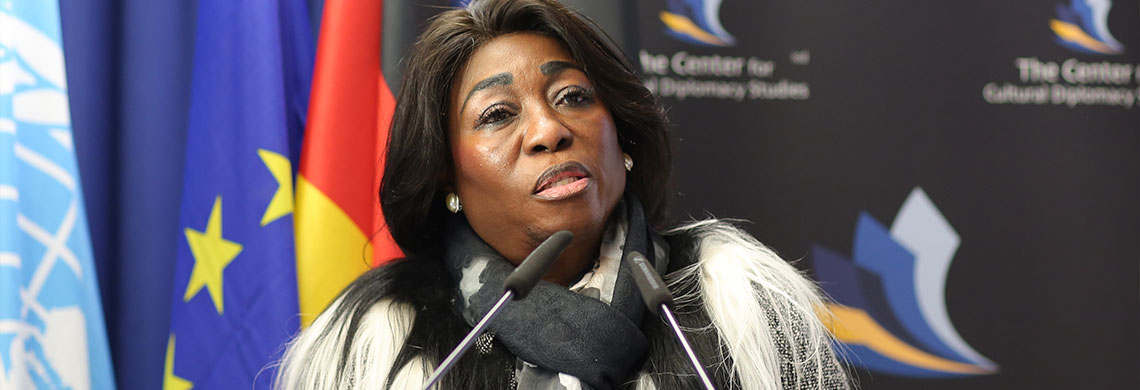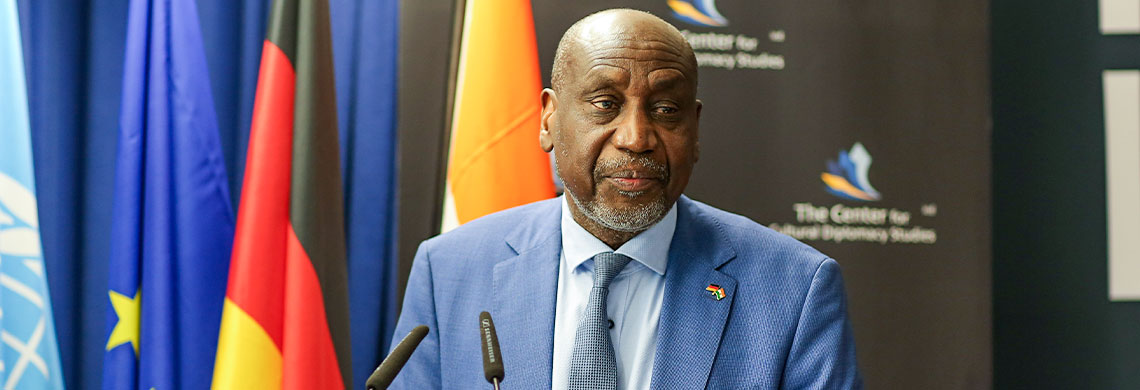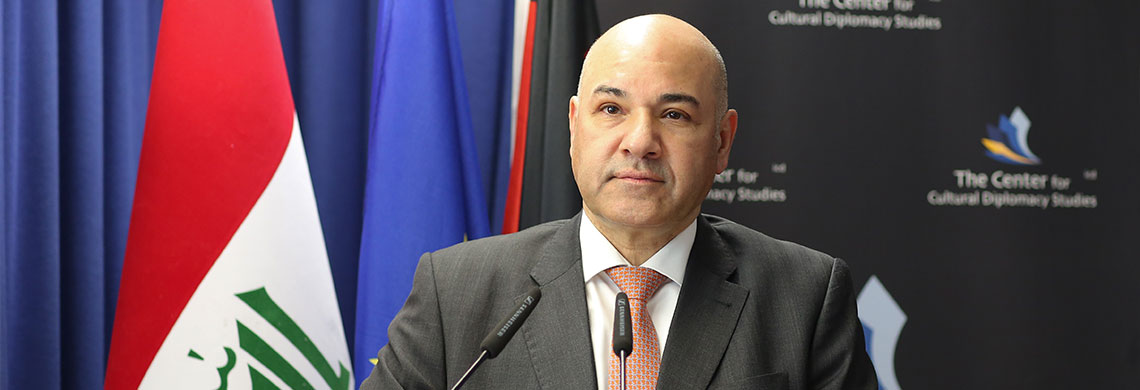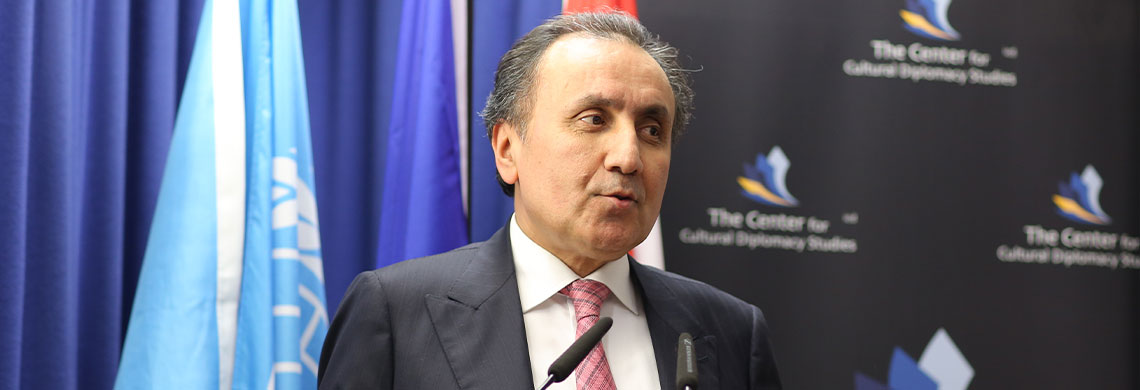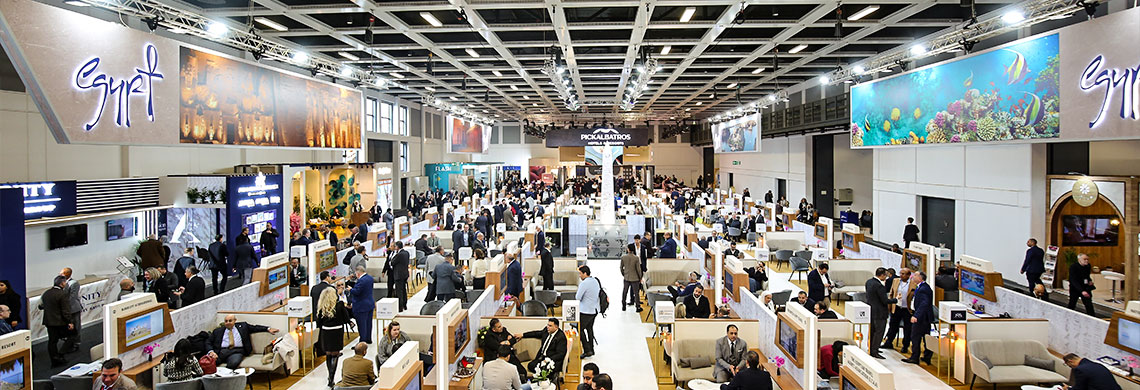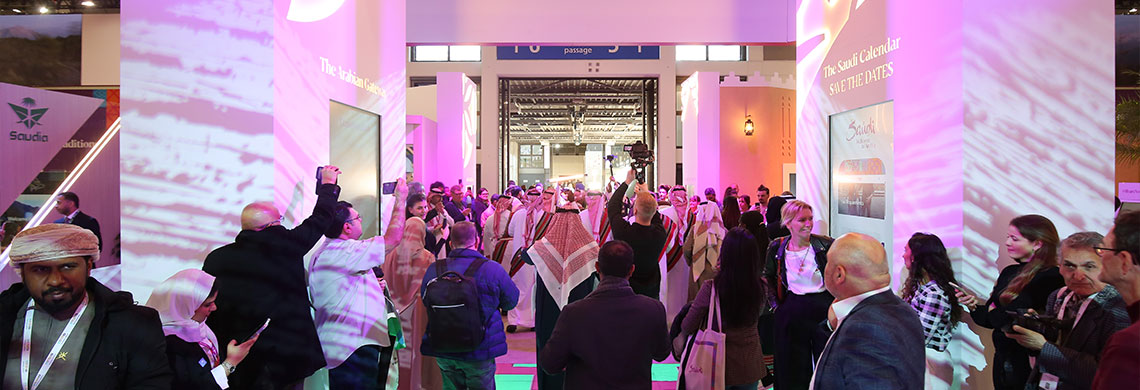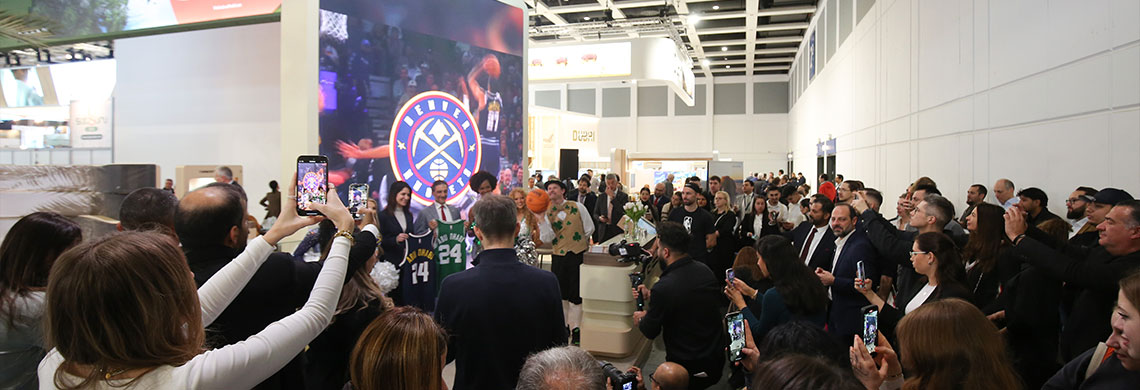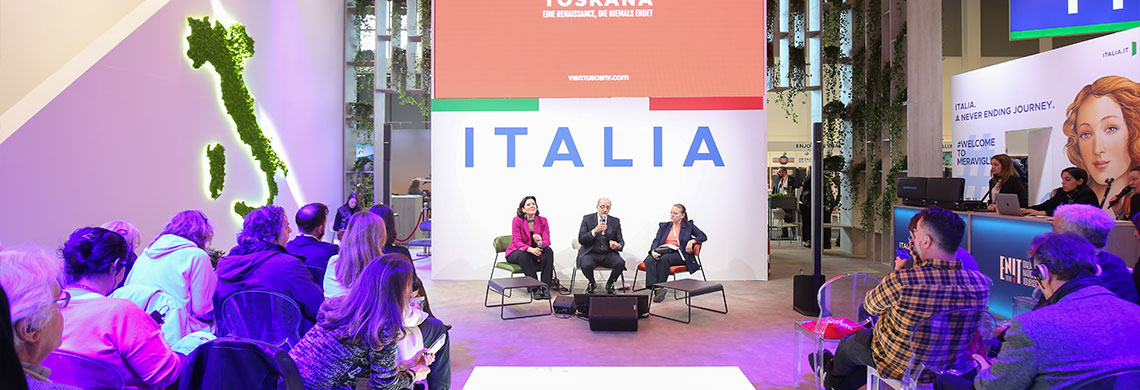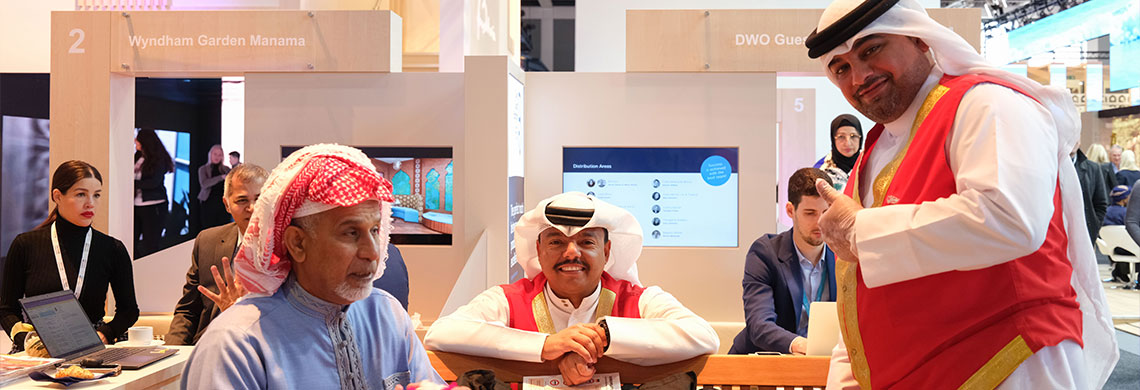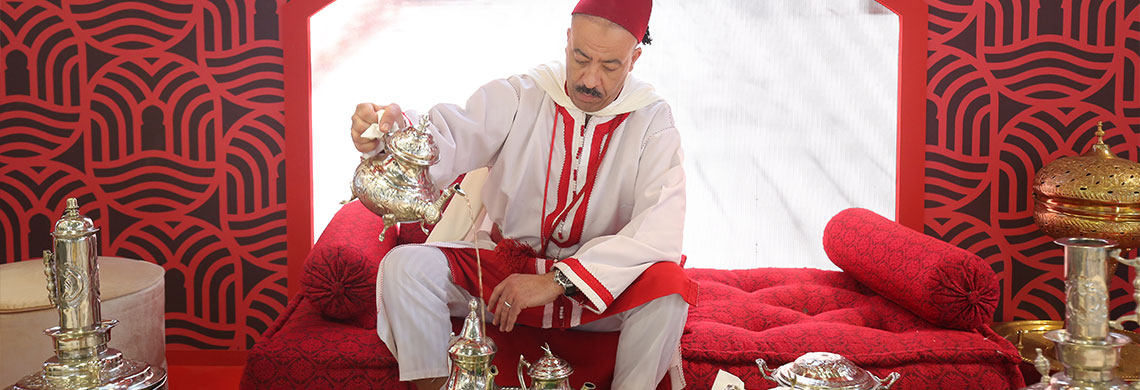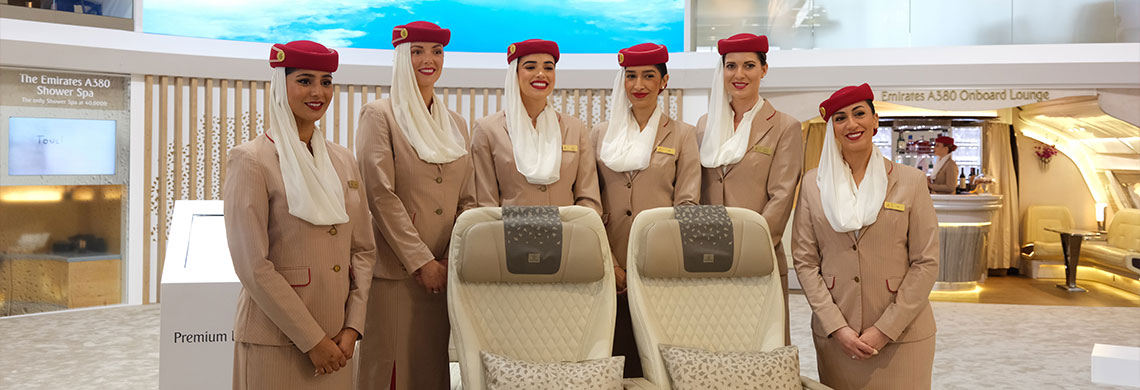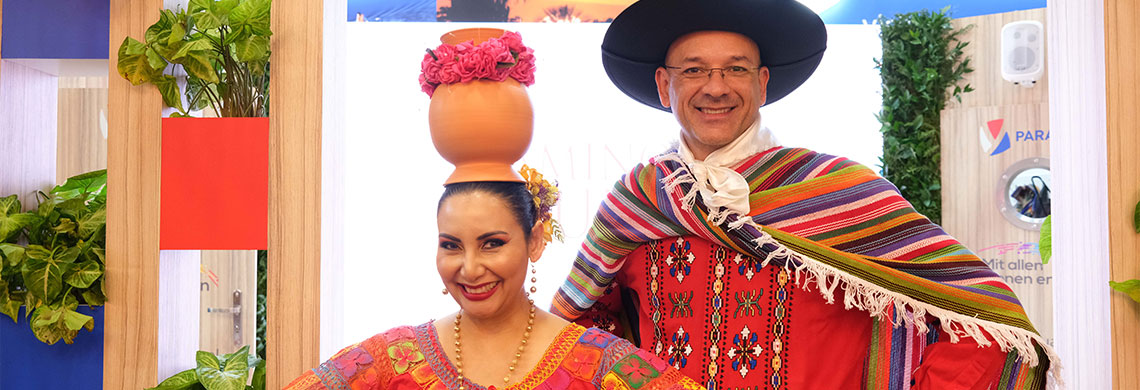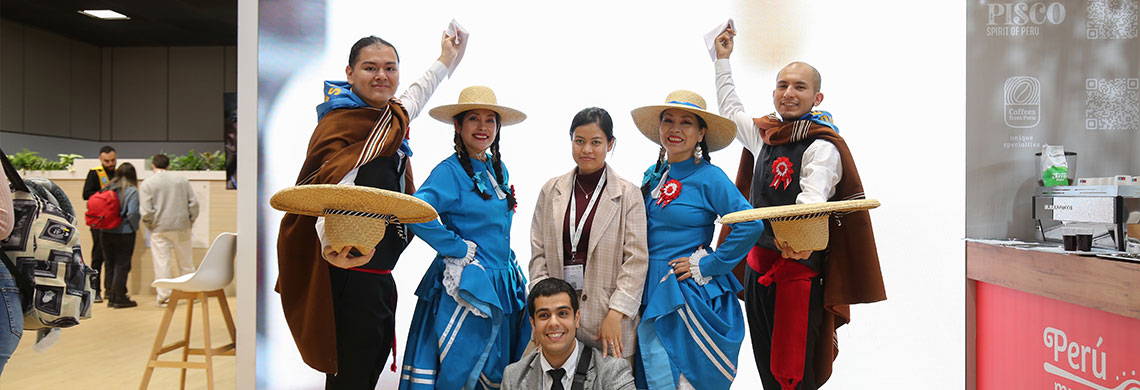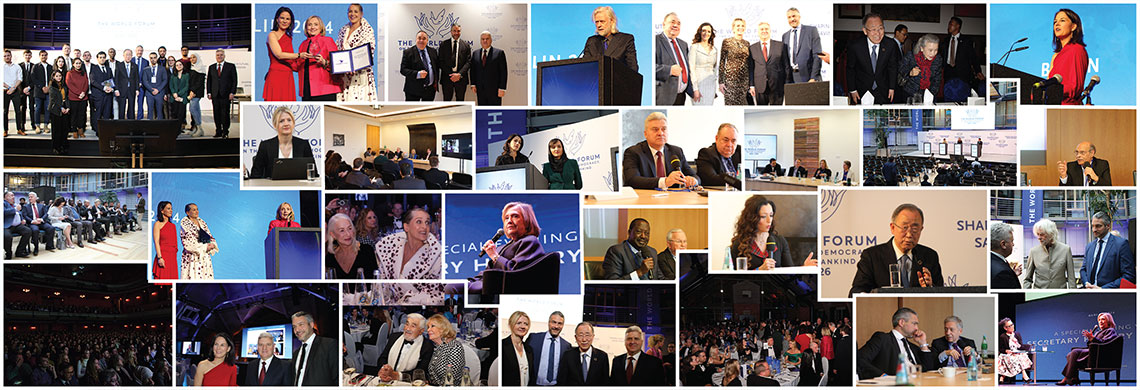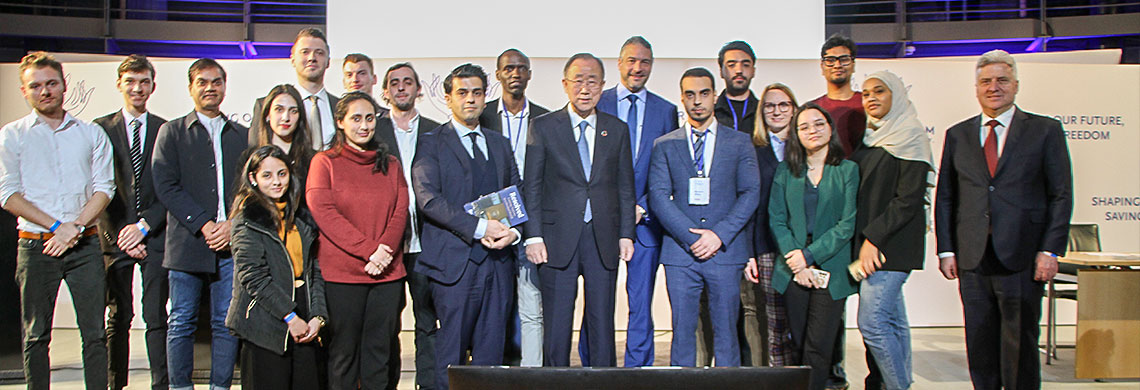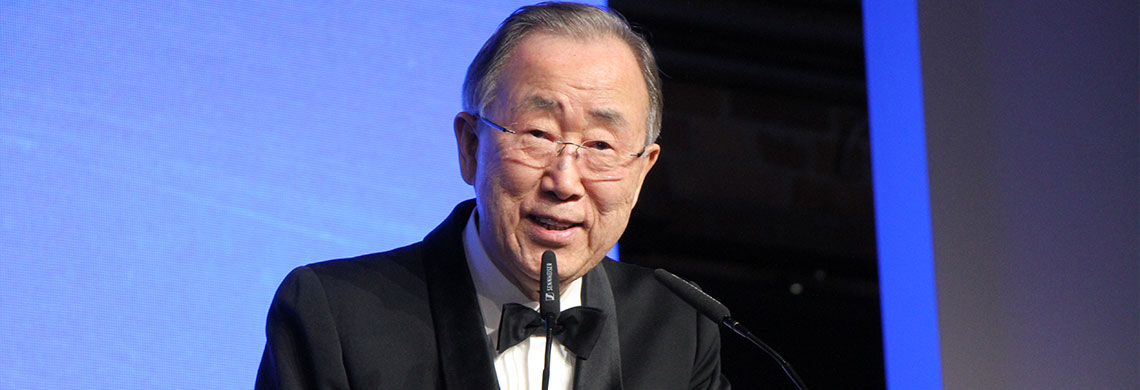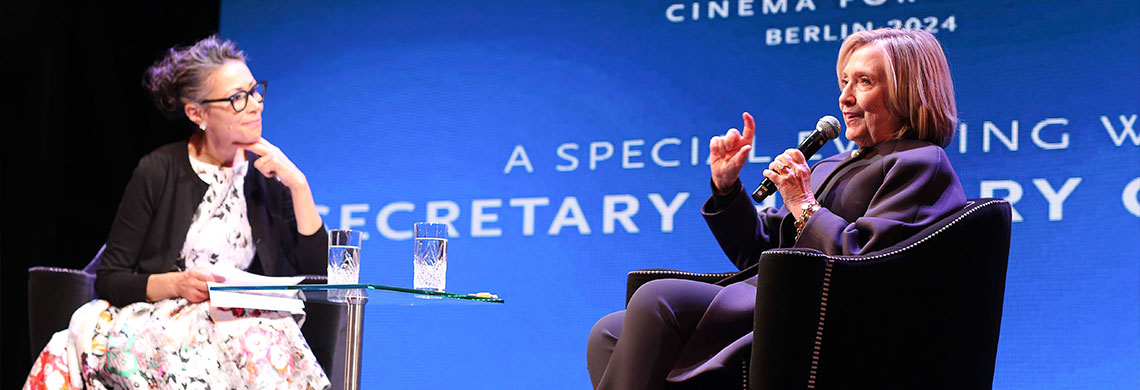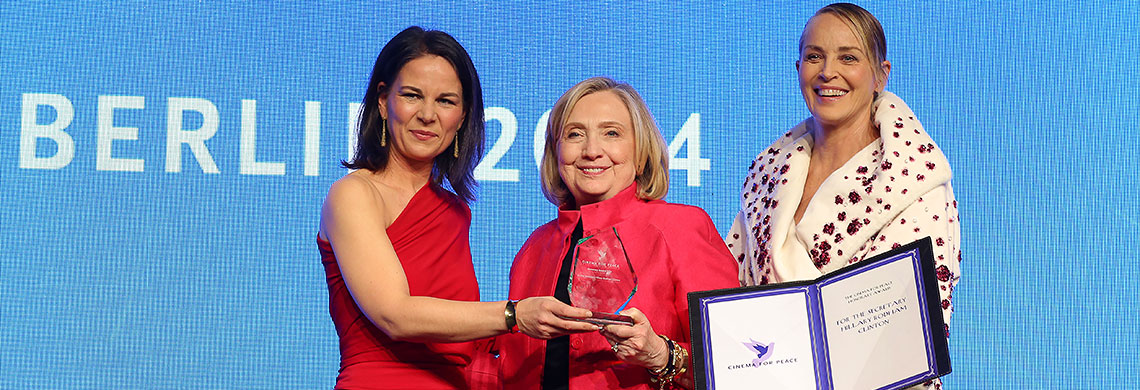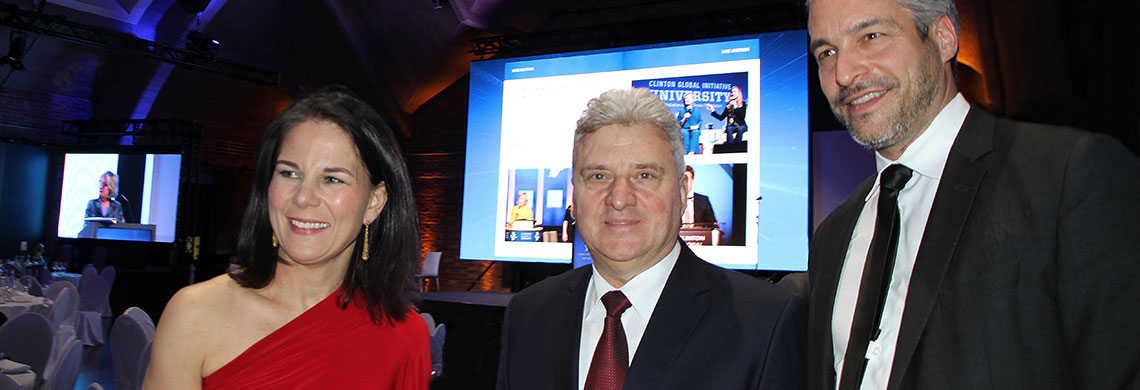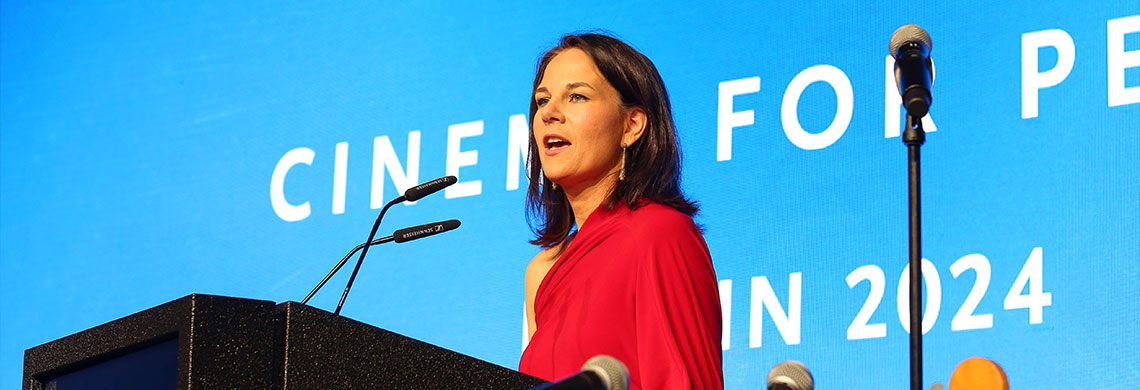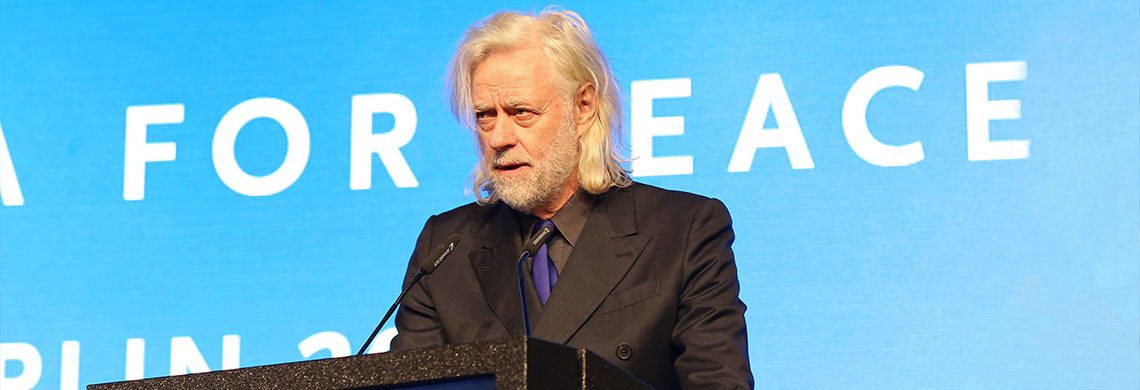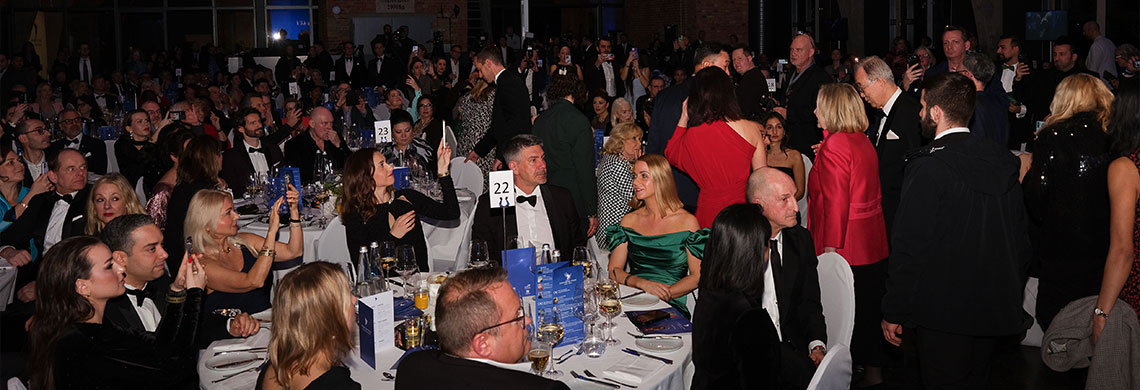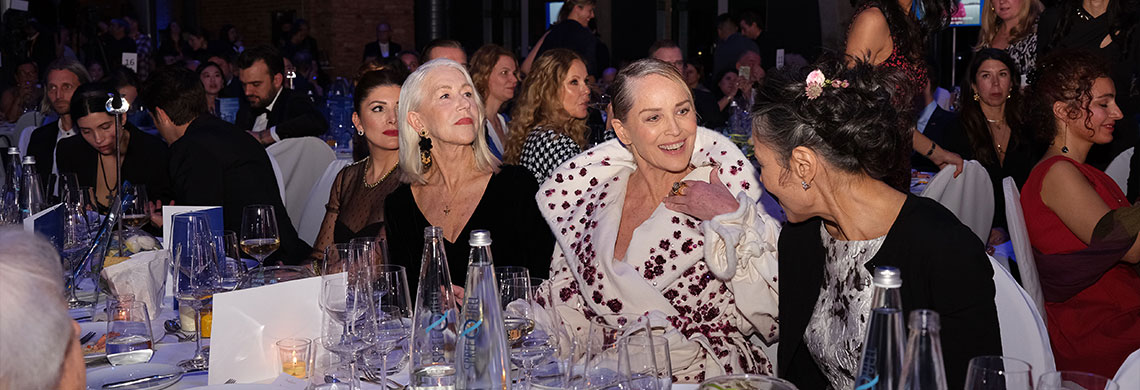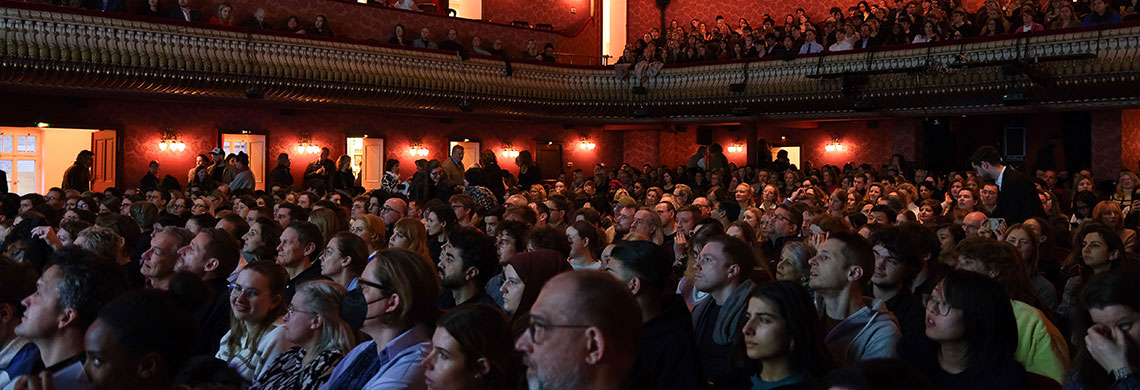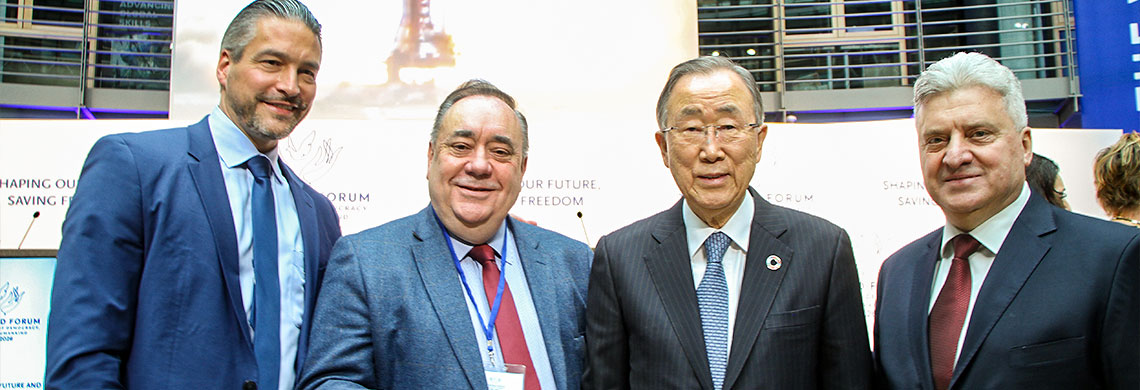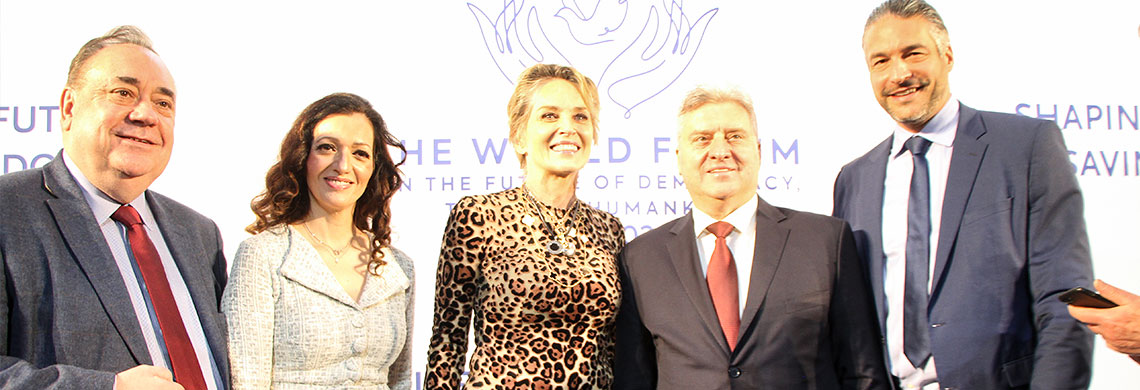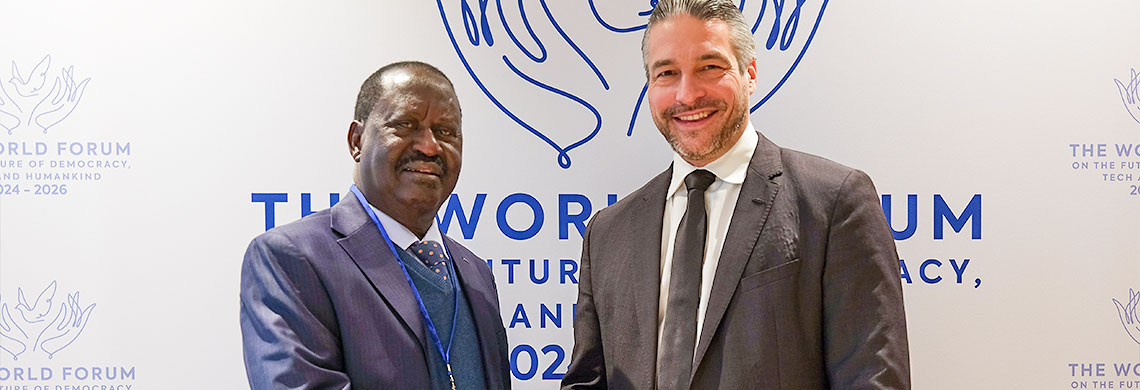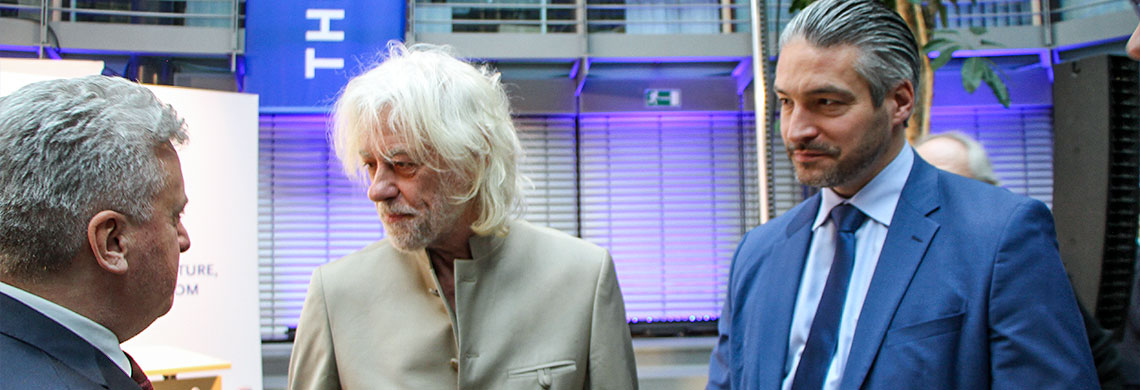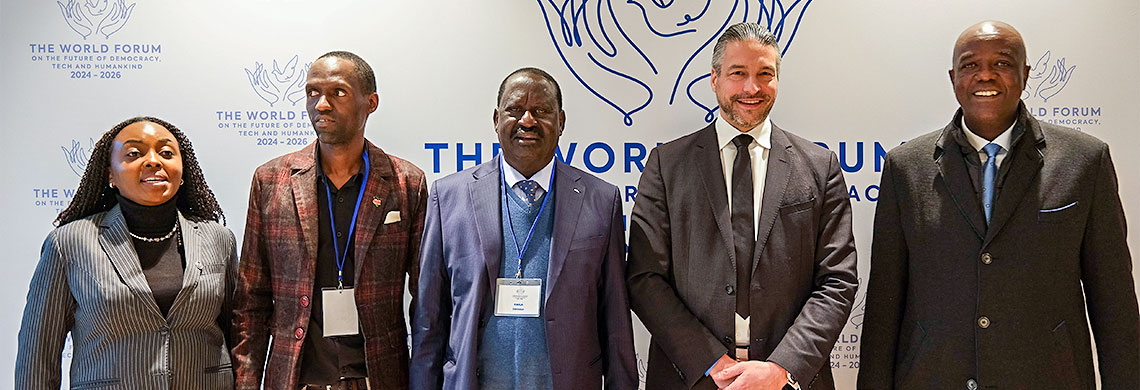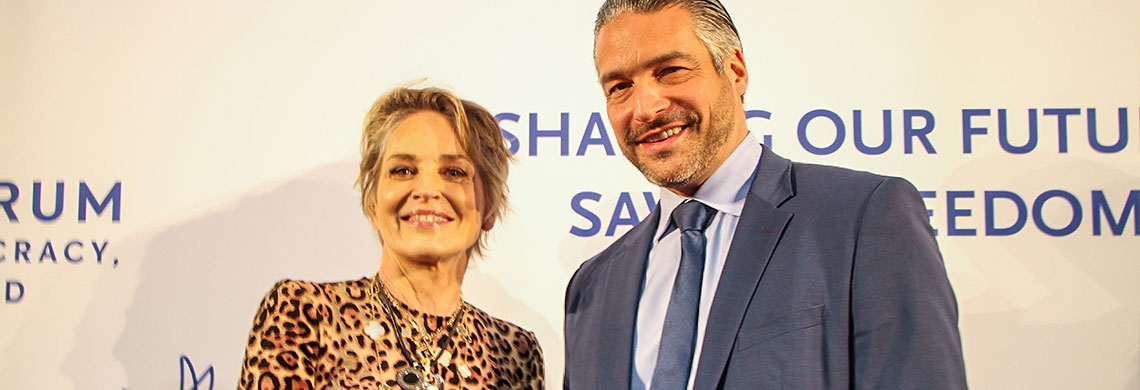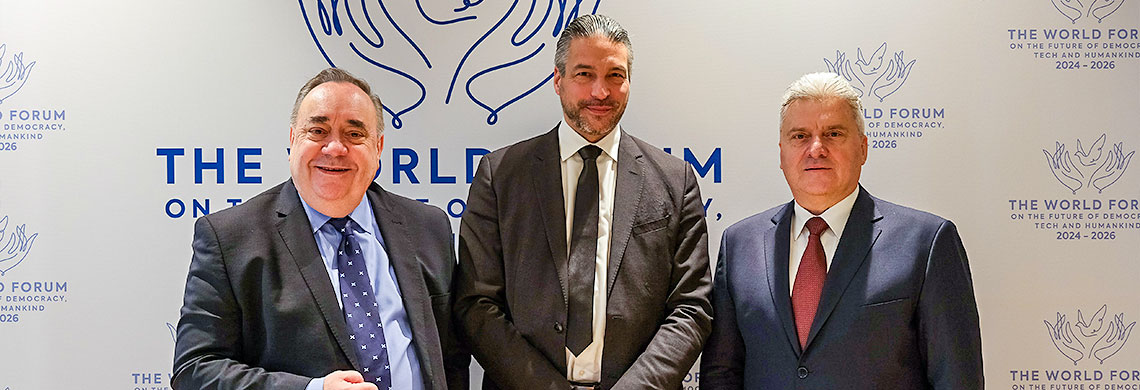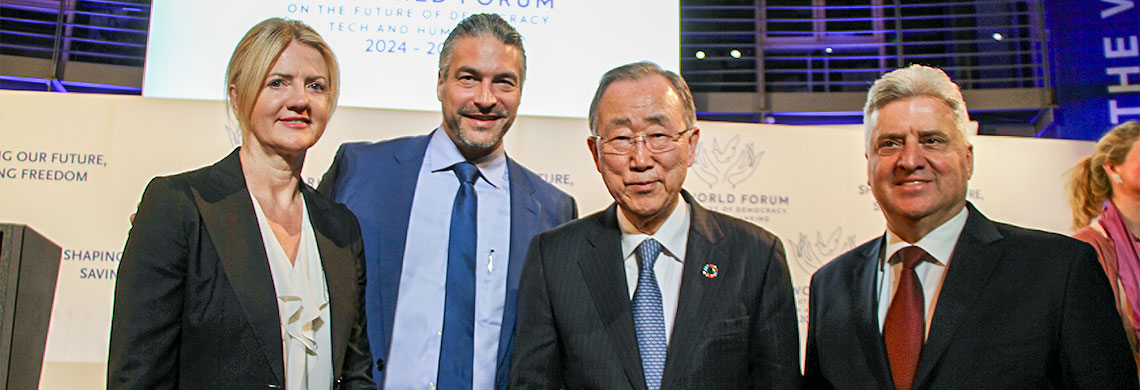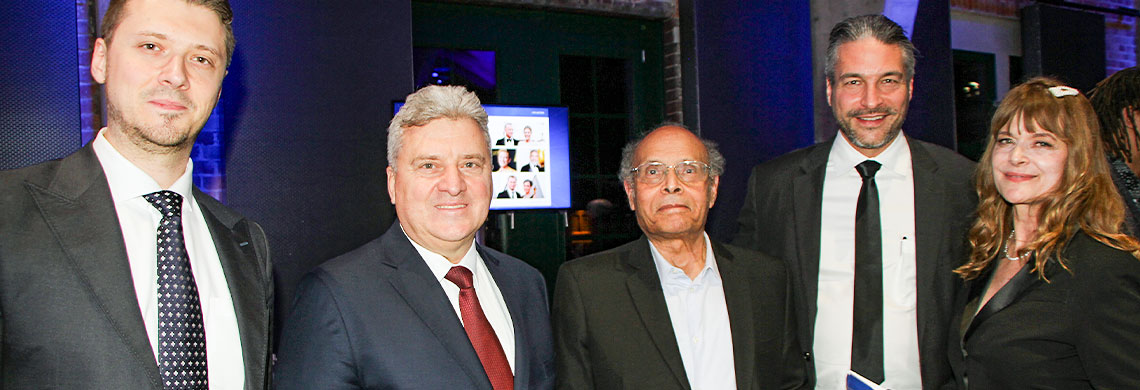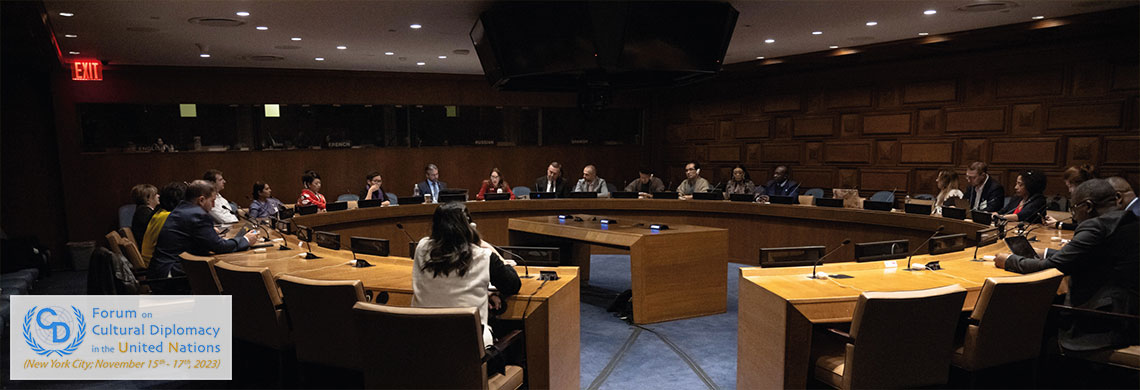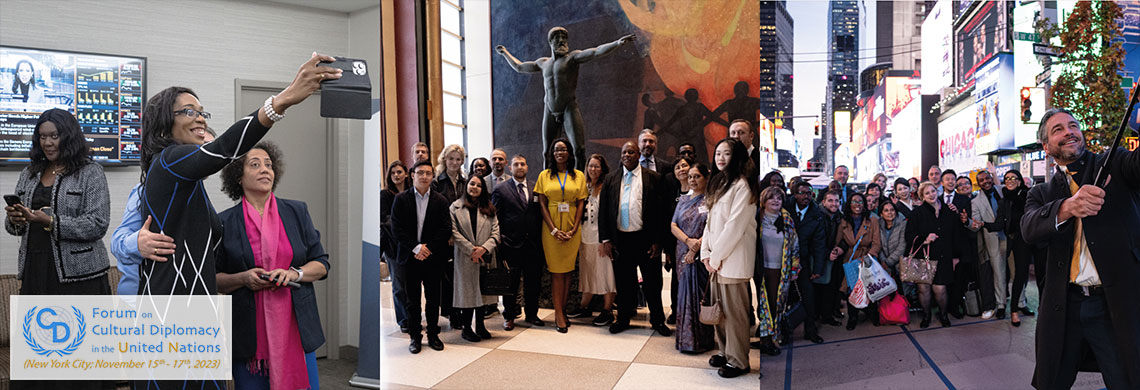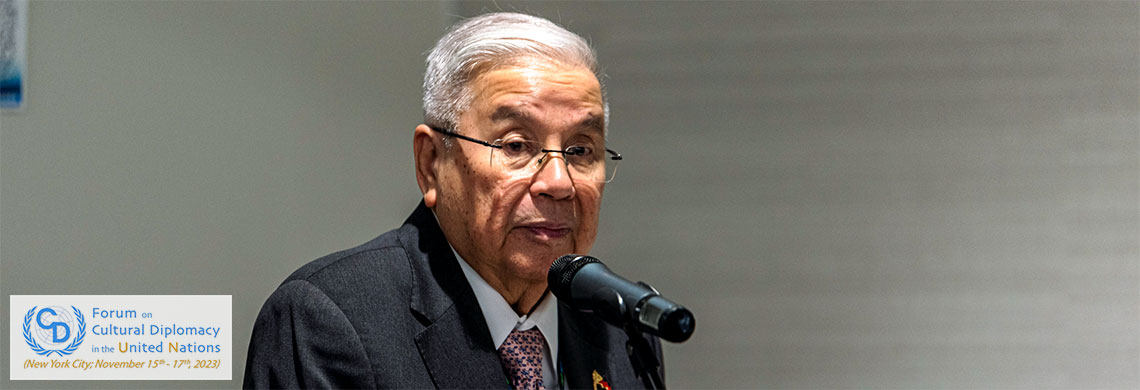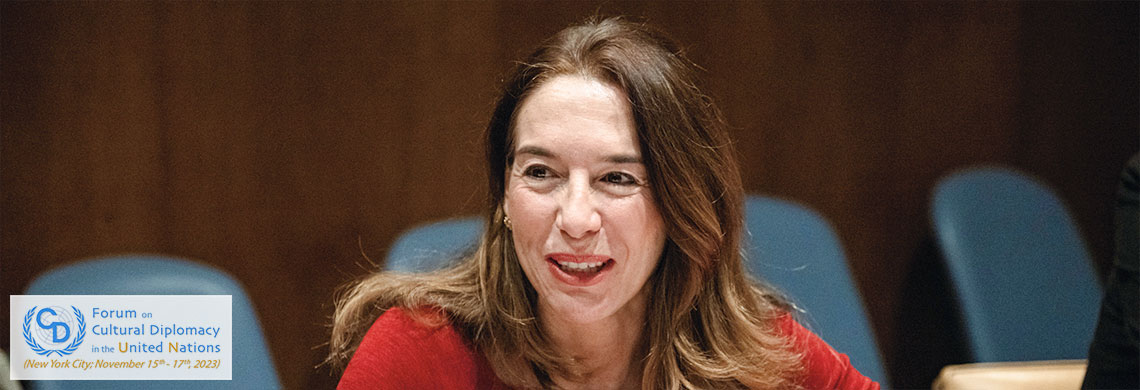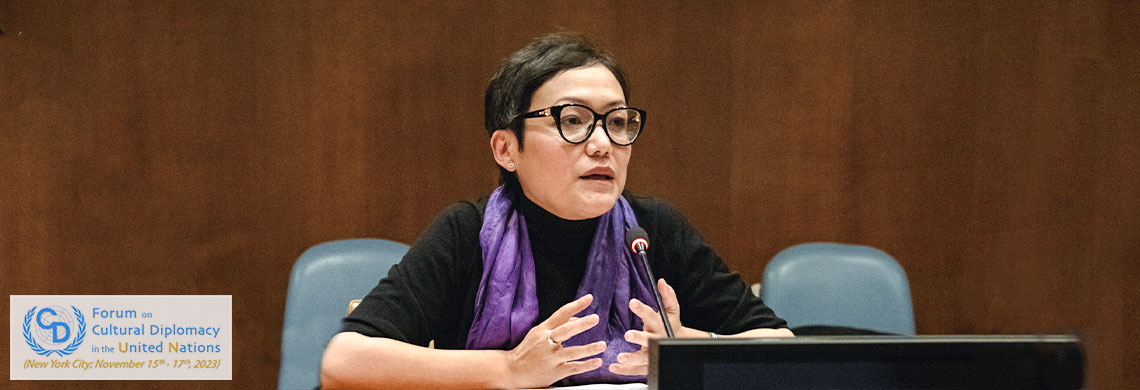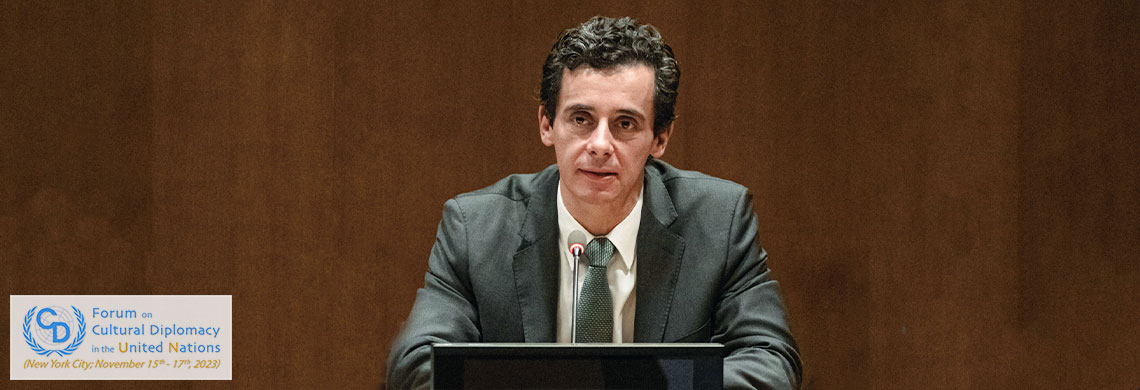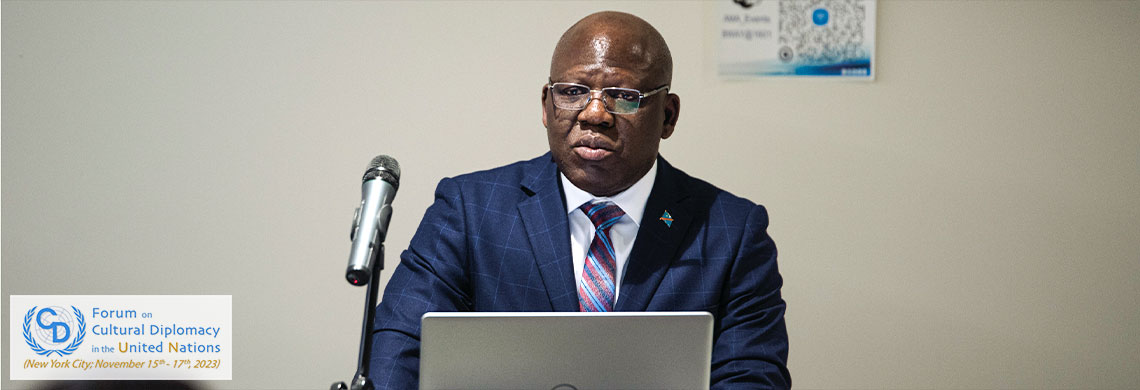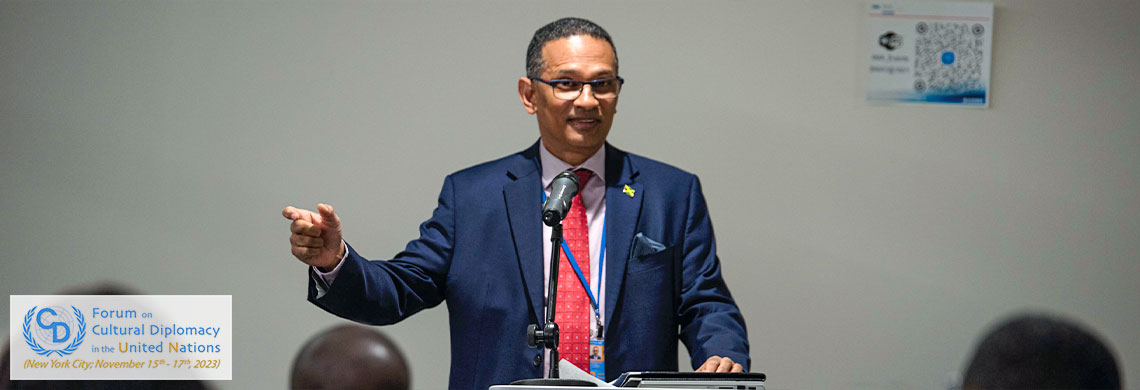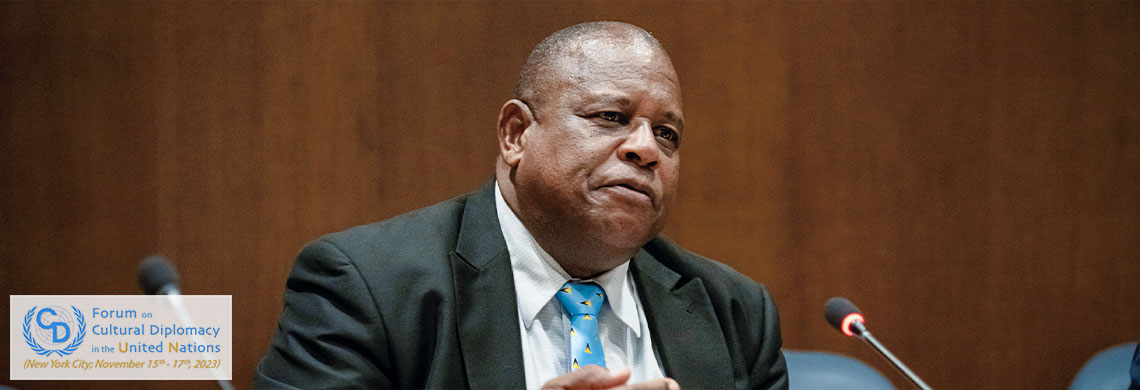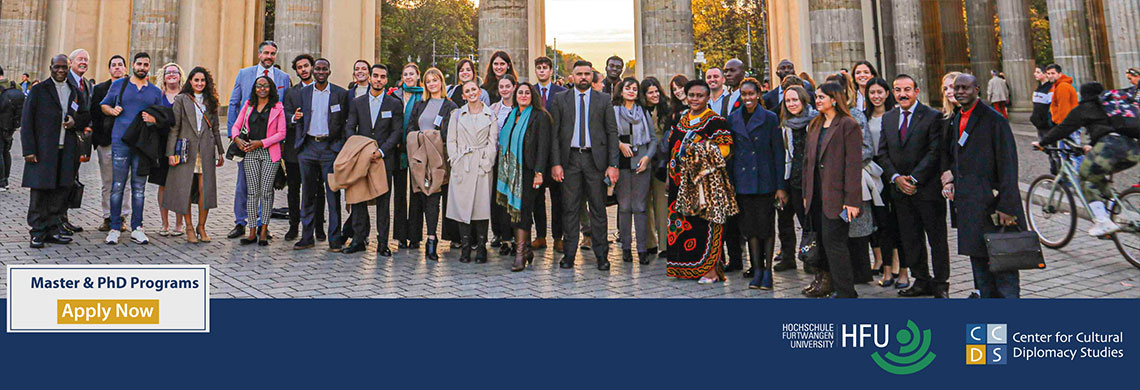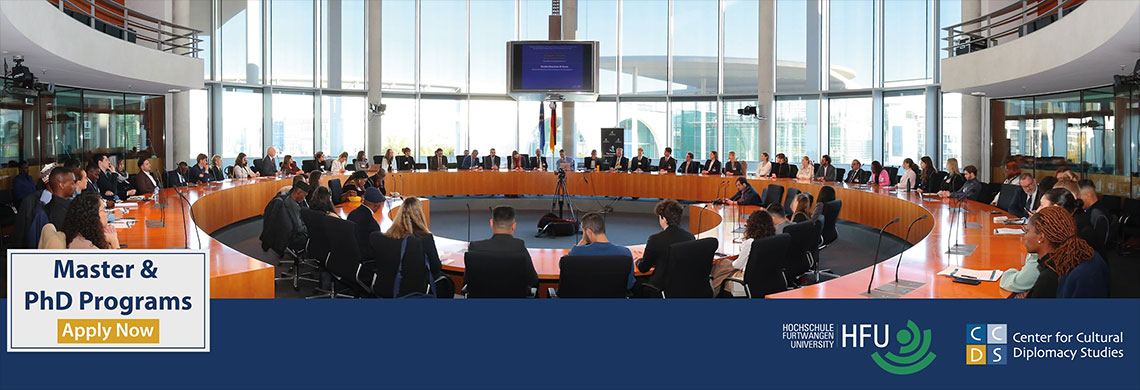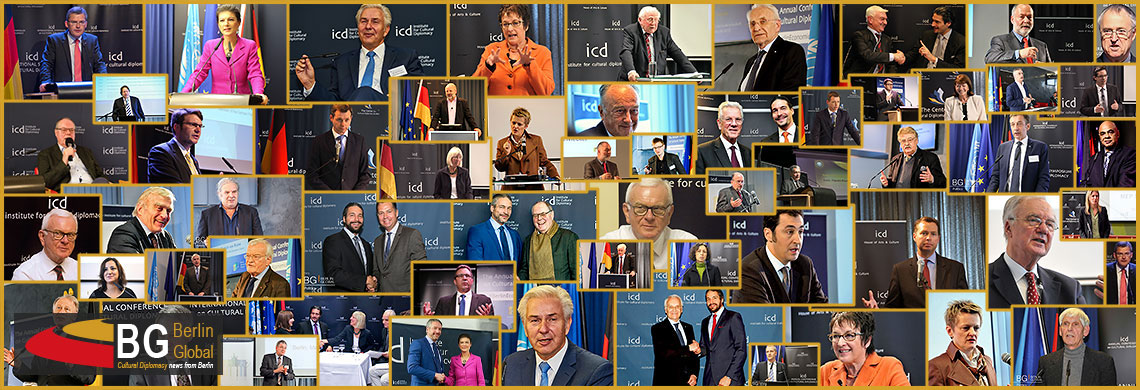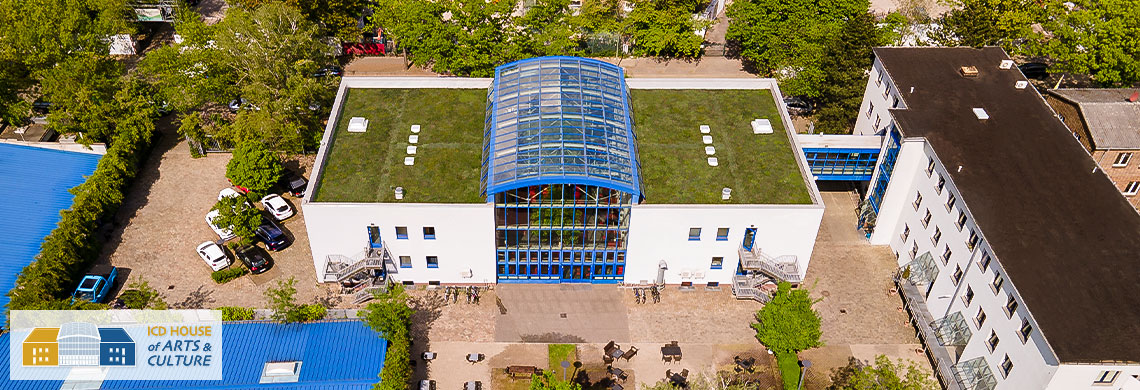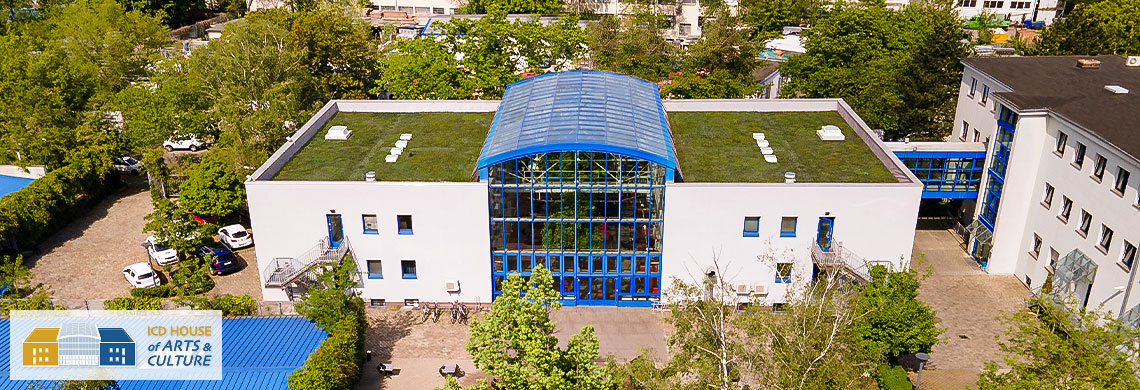The London Art as Cultural Diplomacy Conference 2013
“Contemporary International Dialogue: Art-based Developments and Culture Shared between Nations”
Held Parallel to “The Notting Hill Carnival 2013”

About Art as Cultural Diplomacy
The ICD’s ‘Arts as Cultural Diplomacy’ Conference, taking place in London 2013 will explore how the arts can be used to change theory into practice and express, create and improve social awareness and diplomatic relations. The arts include a variety of mediums through which emotions and culture can be expressed: music, art, literature and sports, to name only a few. The event will examine how the arts can be used within the field of cultural diplomacy to initiate intercultural dialogue and cooperation through movement, thought and active expression.Popular art forms have a unique ability to bring people from disparate backgrounds together by underscoring shared values. The ‘Arts as Cultural Diplomacy’ Conference intends to demonstrate the underutilized power of art and physical expression to further the cause of cultural diplomacy. The program will consist of lectures, seminars, debates and panel discussions featuring leading figures from the arts industry, international politics, diplomacy, academia, civil society, and the private sector. As the conference is running alongside the Notting Hill Carnival, participants will also get the opportunity to experience first-hand the role art has in not only bringing together communities from all over the world, but reinforcing bonds between people through the celebration of cultures through the medium or art, music, drama and dance.
Encouraging citizens to actively take an interest in different cultural traditions through the field of the arts is fundamental in the search for cultural diplomacy between communities and nations across the world. Studying, appreciating and celebrating art and other artistic forms from all corners of the planet creates a common ground between a diversity of people, whatever the difference in their background or beliefs. Art can inspire on so many levels and should be the focus for educating the youth of today when it comes to taking an active role in both their immediate community and their sense of community on a more global scale.
Over the centuries there have been numerous examples of how lack of trust and mutual understanding between cultures and nations can lead to destruction. Respect and tolerance among human beings in all their diversity of belief, culture and language are fundamental values for building the society we live in - the global society. Promotion of cultural understanding is the responsibility of every single country worldwide. What is more, it is not only the responsibility of politicians, diplomats and leaders, but also business people, religious communities, academic circles, professional organizations, youth, and the media. Everyone should work in collaboration with each other to shape a new agenda for living together in peace. Educating the future generation is very important in shaping and improving global relations.
It is important to not only focus on the opportunities that can be offered to adults, but to concentrate on capturing and broadening the minds of young people, too. The British government believes that cultural education forms an important part of a broad and balanced curriculum, and that children and young people should be provided with an engaging variety of cultural experiences throughout their time at school. As a surplus, the recent 2012 Olympics held in London brought a global community to the doorstep of children in the UK, and has helped motivate young people all over the country to learn about their international neighbors. Focusing on art as cultural diplomacy ensures the continued exchange of culture for future generations.
More and more people are adopting creativity as an essential tool to inject energy and inspire passion into young people for society and the array of cultures of which it’s made up. The European Union’s “European’s Capital of Culture” initiative is a perfect example of this as it serves as a catalyst for cultural development within the chosen city by highlighting the huge diversity and richness of cultures from all across the continent through various artistic exchanges and expressions. The ICD wants to promote and expand on these ideas in the hope of building an artistic platform on which to establish a peaceful and healthy relationship between cultures from all over the world. The United Kingdom recognizes the importance that Art has on culture, and how it affects economy, international relations, and national identity. In spite of a tighter budget, the government estimates that they will spend £608,000,000 worth of investment in the arts this year (2012-2013). Although the world is experiencing a tough economic climate, it goes to show that Art surpasses, or must surpass, the average limitations of societal sectors in order to facilitate an environment that inspires the growth of tourism, economy, and cultural exchange.
As we move in to an increasingly multicultural world, it is a government’s responsibility to ensure that Art is used as a medium to ease tensions, and encourage the creation of stronger links between nations and the communities within them. Art is transcendent; each painting, song, film, and dance are mere threads that weave together to create an intricate cultural web. Each connection can be reinforced by exchanging Art and Culture, which can also act as a stimulant for intercultural dialogue in facilitating the mutual understanding of the global community. Museums are a prime example of how art and culture act as a catalyst for the bringing together of different communities. The British Museum was announced as the single most visited attraction of 2012 in London last year. 5.6 million visitors wandered the spectacular halls of the 260 year old institution. The museum gives people of all nationalities the chance to experience not only the history of the earth, but also a chance to learn about the cultures that have risen, fallen, and thrived during that time. As a result, visitors come away with broadened horizons and a better understanding of other cultures, therefore bringing to life a new common understanding between international communities. Festivals and music are another core method of spreading culture across differing communities. London holds a multitude of festivals each year, showcasing musical extravaganzas at venues such as The South Bank Centre and The Barbican Centre as well as numerous locations around Hackney, and Camden. This draws tourists and Londoners alike to the same places, giving people the chance to submerge themselves and participate in a wealth of cultural diversity.
Contemporary cultural expression has been influenced by the diversity of today’s world; a tendency for individualism, a wide range of expressions, and a golden age of technological advancement. There is no single way to define the Arts in the post-modernist world that we live in. Borders of expression are moving, art formats are mixing together. The realms of which we define ‘Art’ have become a hazy mist of confusion: what can and cannot be called art? It is more about the concept. Art doesn’t have to be aesthetically pleasing anymore, but rather has to provoke a moment of inspiration, or at least, bring one into thinking. It is becoming more provocative and extreme, but nowadays, topics which used to be provocative do not arouse emotive responses. It is not easy to shock in these postmodern times. There is a notion that you cannot create anything new, every piece of art is a mere copy of someone else’s. Accuracy and proficiency in art is no longer a necessity. The notion that Photography is the only way of capturing reality is defunct. Art galleries are moving to the outdoor space in order to connect with real life where it is displayed in more natural setting as to create more evocative responses. This is an interactive world, communication with the receiver and their participation is significant. Formats such as participative theatre are getting more interesting, and other forms such as street art, busking, graffiti and light projections are becoming the norm. This opens up new possibilities of how people can express themselves in public, but can also narrow the gap between crime and art.
Over the recent years there has been a significant rise in the importance of intercultural dialogue in the relationships between countries and in national foreign policies. Culture is no longer perceived as an instrument of propaganda used in a clash between regimes. It is no longer used to enhance policies and superiority of certain countries over others. At present, culture’s role is to foster mutual understanding, create a foundation of trust, engage one nation with others, establish long-lasting and deep relations, and build bridges over conflicts and dividing issues. The intercultural and international communication occurring between countries is no longer a one-sided propaganda. It is a dialogue, an exchange of information and values in which both parties communicate and listen.
Cultural practice is located in the heart of foreign policies of many countries around the world. We can observe proliferation of cultural institutes abroad, such as the well-established and long-acting British Council or the Goethe Institute. As well as this, media outlets such as Facebook, Twitter and other digital social network tools have become an integral part of the promotion of cultural diplomacy, arts exchange and the formation of national foreign policies.
Art and Culture are intrinsically linked. In order to thrive in the future, attaining mutual understanding between nations has to be paramount. Using art to bring people together will create a world where cultural differences are no longer a hindrance, but an aid in ensuring friendly relations are maintained within the international community.
The Institute for Cultural Diplomacy maintains its philosophy that diplomacy must transcend mere discussion and include practical implementation of theory for the reason that sometimes actions speak louder than words: Cultural diplomacy must show rather than tell.

